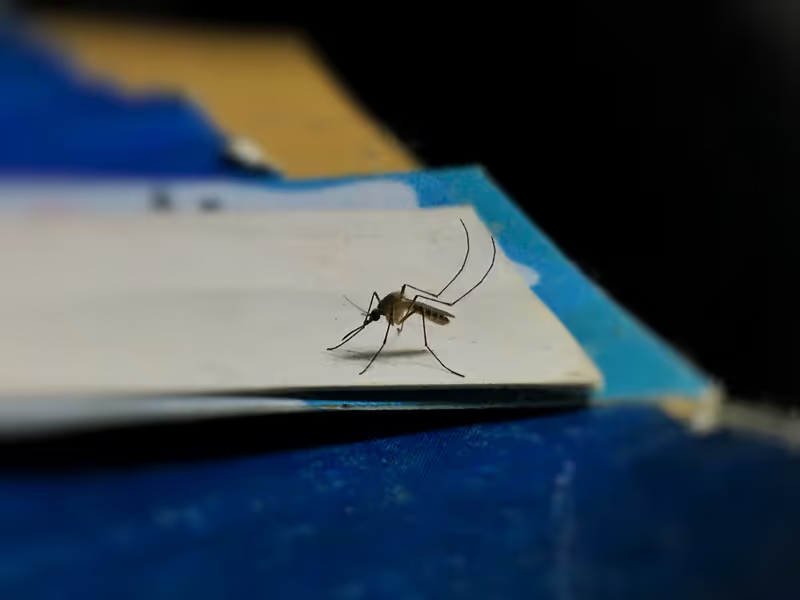Argentina: Bird Flu Kills Hundreds of Flamingos
Argentina has reported that an outbreak of the highly pathogenic H5N1 avian flu virus has killed at least 220 flamingos in the country's north-western province of Catamarca....

Facts
- Argentina has reported that an outbreak of the highly pathogenic H5N1 avian flu virus has killed at least 220 flamingos in the country's north-western province of Catamarca.1
- The virus has so far infected flocks of the James's flamingo species (puna flamingo), which the International Union for Conservation of Nature classifies as 'near threatened.'2
- Though the risk of spread to humans is 'extremely low,' biodiversity official Anabella Ahumada has advised residents to 'take precautions and not come into contact with sick or dead birds without adequate protection.'3
- Argentina's health authorities first detected the bird flu cases on a broiler farm in the northern province of Río Negro in February and immediately canceled poultry exports.4
- In August, the country's agricultural secretary announced that Argentina was free of avian flu after 18 outbreaks in commercial farms [and dozens of sea lions died on the country's Atlantic coast.]5
- The H5N1 avian flu virus outbreak has also affected Germany, killing five poultry among a flock of 24K on a farm in the northeastern state of Mecklenburg-Vorpommern as of Nov. 22.6
Sources: 1BNN Breaking, 2BBC News, 3OI Canadian, 4El País English, 5Reuters (a) and 6Reuters (b).
Narratives
- Narrative A, as provided by Wired. The loss of the rare flamingos is a significant blow to Argentina's biodiversity and ecosystem. Moreover, as the strain of H5N1 is spreading to an unprecedented number of countries, infecting and killing rare, wild, and backyard birds indiscriminately, it may ultimately spread to humans by infecting other hosts such as minks. The global community must contain the outbreak swiftly before it can break into a catastrophic human pandemic.
- Narrative B, as provided by New Scientist. It's usual for bird flu to strike during autumn and winter. James's flamingos are migratory birds and the natural hosts of the H5N1 virus, which is the main factor in its spread this year. As we have only seen rare and non-sustained transmission of H5N1 to and between humans in prior decades, there's no need to create an alarmist, apocalypse scenario.






